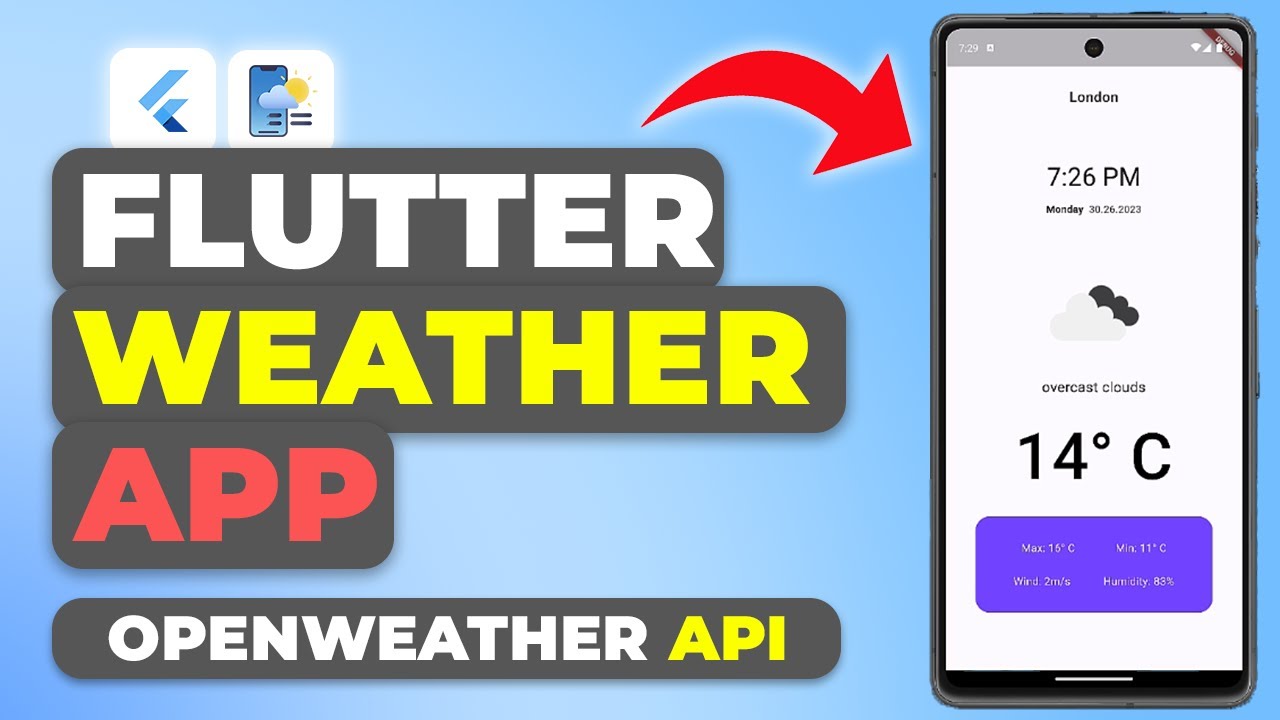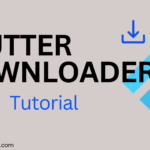Flutter developers are constantly seeking ways to improve efficiency and performance. GetX has emerged as a popular solution, offering a powerful package that simplifies state management, routing, and dependency injection in Flutter apps. Here’s everything you need to know about getting started with GetX, with examples to make it easier.
What is GetX in Flutter?
GetX is an all-in-one package in Flutter designed to handle the core elements of app development: state management, routing, and dependency injection. It reduces boilerplate code and keeps things organized, allowing developers to focus on building features rather than handling complex configurations.
With GetX, you can handle the UI, navigation, and data updates efficiently in one place.
Why Choose GetX?
- Simplicity: No complex configurations are needed. It integrates easily into your Flutter project.
- Performance: GetX is lightweight and does not affect the app’s performance.
- Reactive Programming: Enables responsive and reactive UI with minimal code.
- Easy State Management: Update UI elements directly without worrying about managing the state manually.
- Dependency Injection: Access objects from anywhere in the app without recreating instances.
Now, let’s dive into the details and see how to implement GetX step-by-step.
Step 1: Install GetX
First, add GetX to your project. Open pubspec.yaml and add GetX under dependencies:
GetX is a powerful Flutter package that simplifies app development by offering efficient state management, navigation, and dependency injection. It reduces boilerplate code, making applications faster and easier to build.To get the dependency click here.
dependencies:
flutter:
sdk: flutter
get: ^4.6.6Then, run flutter pub get to install the package.
flutter pub getStep 2: Set Up GetX State Management
With GetX, you can manage state easily by using reactive programming.
- Create a Controller: Start by creating a controller class that extends
GetxController. In this example, we’ll create aCounterControllerto manage a simple counter.
import 'package:get/get.dart';
class CounterController extends GetxController {
var count = 0.obs; // Observable variable
void increment() {
count++;
}
}- Use the Controller in the UI: Now, use the controller in your Flutter widget. With GetX, it’s easy to observe and update the state.
import 'package:flutter/material.dart';
import 'package:get/get.dart';
import 'counter_controller.dart';
class CounterScreen extends StatelessWidget {
// Initialize the controller
final CounterController controller = Get.put(CounterController());
@override
Widget build(BuildContext context) {
return Scaffold(
appBar: AppBar(title: Text("GetX Counter Example")),
body: Center(
child: Obx(() => Text(
"Count: ${controller.count}",
style: TextStyle(fontSize: 24),
)),
),
floatingActionButton: FloatingActionButton(
onPressed: controller.increment,
child: Icon(Icons.add),
),
);
}
}In this code:
Get.put(CounterController())injects the controller, making it available throughout the app.Obxis a widget that listens to changes incountand updates the UI automatically whencountchanges.
Step 3: Navigation with GetX
GetX provides a cleaner and simpler way to navigate without Navigator boilerplate.
- Basic Navigation: Use
Get.to()for navigation to another page.
ElevatedButton(
onPressed: () {
Get.to(AnotherScreen());
},
child: Text("Go to Another Screen"),
);- Back Navigation: Use
Get.back()to return to the previous screen.
ElevatedButton(
onPressed: () {
Get.back();
},
child: Text("Back"),
);- Named Routes: You can also define routes globally and navigate using names.
- First, set up routes in your main file:
import 'package:flutter/material.dart';
import 'package:get/get.dart';
import 'home_screen.dart';
import 'another_screen.dart';
void main() {
runApp(MyApp());
}
class MyApp extends StatelessWidget {
@override
Widget build(BuildContext context) {
return GetMaterialApp(
initialRoute: '/',
getPages: [
GetPage(name: '/', page: () => HomeScreen()),
GetPage(name: '/another', page: () => AnotherScreen()),
],
);
}
}- Then, navigate using
Get.toNamed('/another').
Step 4: Dependency Injection with GetX
Dependency injection in GetX makes it easy to manage dependencies across your app without manually creating instances each time.
- Inject Dependencies: Use
Get.lazyPut()to initialize dependencies only when they are first accessed.
import 'package:get/get.dart';
import 'counter_controller.dart';
void main() {
Get.lazyPut(() => CounterController());
runApp(MyApp());
}- Access Dependencies: Use
Get.find()to access an injected dependency anywhere in the app.
final CounterController controller = Get.find();This approach is ideal for managing dependencies, especially when you have multiple controllers and services.
Step 5: Dialogs and Snackbars in GetX
GetX makes it simple to display dialogs, snackbars, and bottom sheets.
- Show a Snackbar:
Get.snackbar("Title", "This is a GetX Snackbar!",
snackPosition: SnackPosition.BOTTOM,
backgroundColor: Colors.blue,
colorText: Colors.white,
);- Show a Dialog:
Get.defaultDialog(
title: "Dialog",
middleText: "This is a GetX dialog",
onConfirm: () => Get.back(),
onCancel: () {},
);- Show a Bottom Sheet:
Get.bottomSheet(
Container(
color: Colors.white,
child: Wrap(
children: [
ListTile(
leading: Icon(Icons.music_note),
title: Text("Music"),
onTap: () {},
),
ListTile(
leading: Icon(Icons.videocam),
title: Text("Video"),
onTap: () {},
),
],
),
),
);These options make it easy to create user interactions without needing additional plugins.
Final Tips for Using GetX in Flutter
- Use Observables Carefully: Only make a variable observable when it’s necessary. Overuse can lead to performance issues.
- Organize Code: Split code into separate files for controllers, views, and bindings for maintainability.
- Use Bindings for Initialization: If you have complex dependencies, set up a binding to initialize controllers and dependencies.
GetX in Flutter simplifies many tasks for developers, making it an ideal choice for fast and efficient app development. By managing state, navigation, and dependencies, GetX provides a solid framework for creating high-performing Flutter applications.
Happy Coding…!!!














Leave a Reply